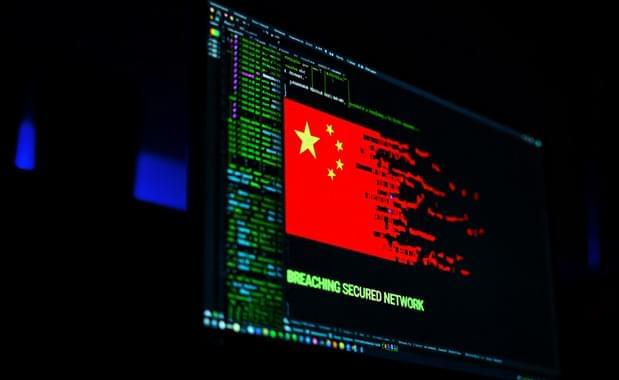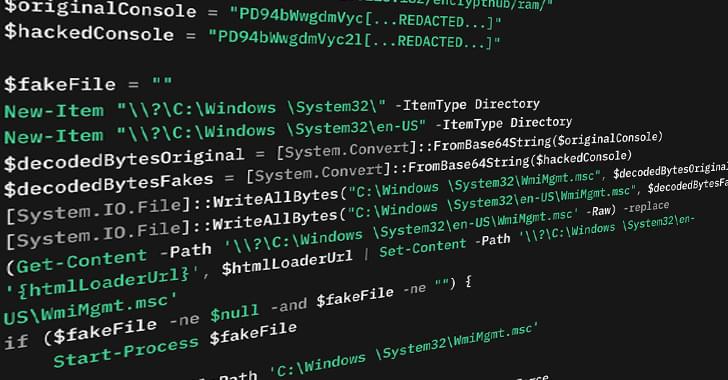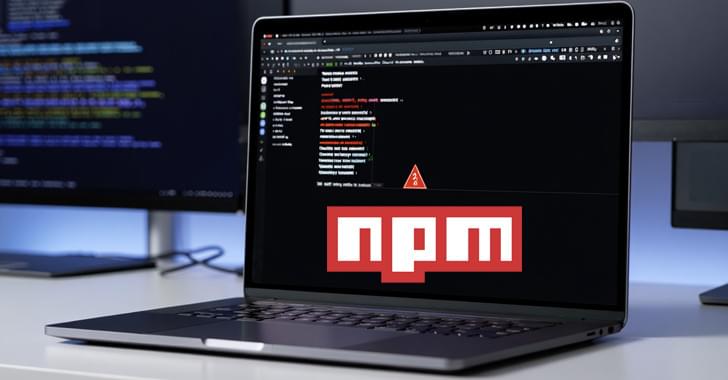Additionally, the quantum computing cloud service offered by the University of Osaka has begun integrating OQTOPUS into its operations and Fujitsu Limited will make it available for research partners using its quantum computers in the second half of 2025.
Moving forward, the research team will drive the advancement of quantum computing through the continuous expansion of OQTOPUS’s capabilities and the development of a thriving global community. Dr. Keisuke Fujii at the Center for Quantum Information and Quantum Biology (QIQB) of The University of Osaka mentions, “this will facilitate the standardization of various quantum software and systems while driving the creation of innovative quantum applications.”
The research was funded by the Japan Science and Technology Agency and the National Institutes for Quantum Science and Technology.









